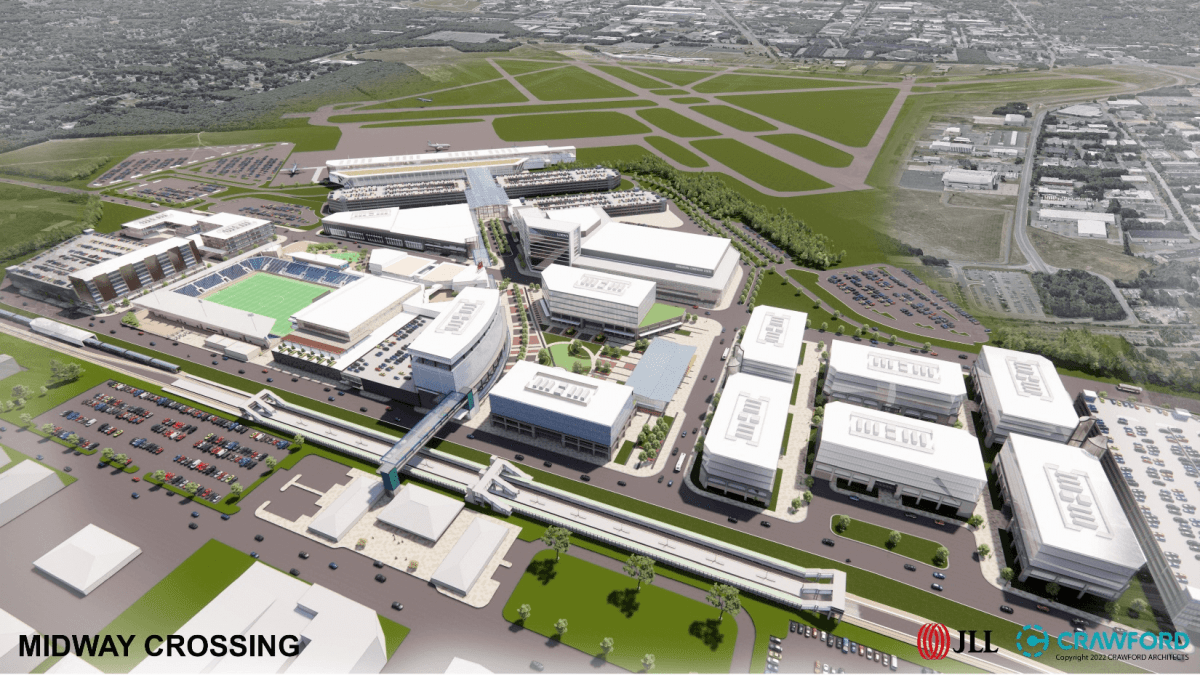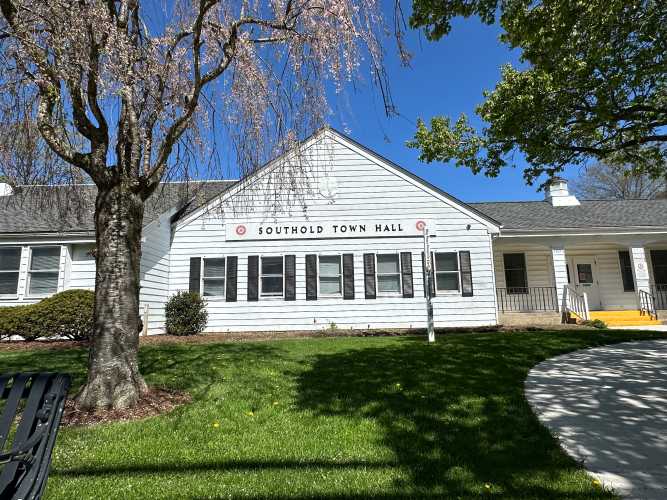Despite the crushing impact of Amazon and online shopping on local retail, 90% of consumers still use the internet to find a local business. We want to support the teenager working their first downtown job. We also want to help the owner, our neighbor who’s a little league coach. But can we meet our needs given our high cost of living?
We can if we create good, local jobs. We also need to attract more business to the area, ones that don’t compete with businesses already here. We do that by building a convention center in Ronkonkoma.
We have taken a number of steps to realize this dream. The Town of Islip unanimously approves the Local Development Corporation (LDC) to fund the Ronkonkoma Midway Crossing project, the Suffolk County Legislature approved the LDC, and a new county hotel-motel tax has begun collecting funds to support the project.
There are reasons for the unabashed enthusiasm for Midway’s convention center. Midway plans to create at least 10,000 construction jobs and 10,000 permanent jobs. Midway will generate $4.5 billion of economic activity annually and $122.7 million in taxes will be collected annually, offsetting our high cost of living.
Convention centers are unlike other business centers. Travelers come, spend their money and leave. And the peak times of convention centers are when traffic is minimal, in the middle of the week and on non-holidays.
Convention centers continue to thrive despite the ascendance of online shopping. We see it in Manhattan’s Jacob Javits Center, one of the nation’s busiest. A 2010 expansion increased the total space by 45%, bringing it to 2 million square feet. But that wasn’t enough. Another million square feet was completed in 2021.
Long Island can support a convention center. Consider our demographics. We’re the most populous island in the United States with more than 8 million people. Two of every five New Yorkers, in fact, reside on Long Island. We are more populous than all but 37 U.S. states.
Consider our surroundings. We have some of the nation’s most beautiful beaches. And the charm of historic downtowns is second to none. It should come as no surprise that tourism is Long Island’s leading industry.
Consider our economy and workforce. We have a median income of $112,000 and median home price of $450,000. Few regions compete with our workforce, 43% of which are college educated. We also have a gross domestic product of $197 billion annually.
If we don’t capitalize on our advantages, we risk being left behind. That’s how capitalism works.
Why are we shipping convention business to New York City? Why not keep our business local? In the wake of Covid, with more New Yorkers making Long Island their primary residence, why not strike while the iron is hot?
Experts estimate that Long Island loses $35 million a year in event revenue because we don’t have a convention center. Businesses in places like Islandia, Melville, Deer Park, Farmingdale, Hauppauge and Bohemia — dynamic business centers that would rather stay local—have no choice but to go to the Javits Center. Those business owners also need to make sure their guests are fed and have a nice play to stay.
Indeed, the $35 million in lost event convention revenue doesn’t take into account local spending on food (restaurants) and shelter (hotels). Out-of-town businesses currently spend $6.3 billion while they’re on Long Island for business. The bleisure class — short for business and leisure — always spends more money than conventional shoppers. When you can write off such costs off as business expenses, why wouldn’t they?
We need to make our luck. One day, our children will be ready to work a job in town. Or maybe our spouse, who’s always dreamt of opening a pottery shop in our quaint downtown, is ready to pursue that dream.
We had such opportunities when we were young. If they’re to exist for our children, now is the time to move forward with a convention center.
































